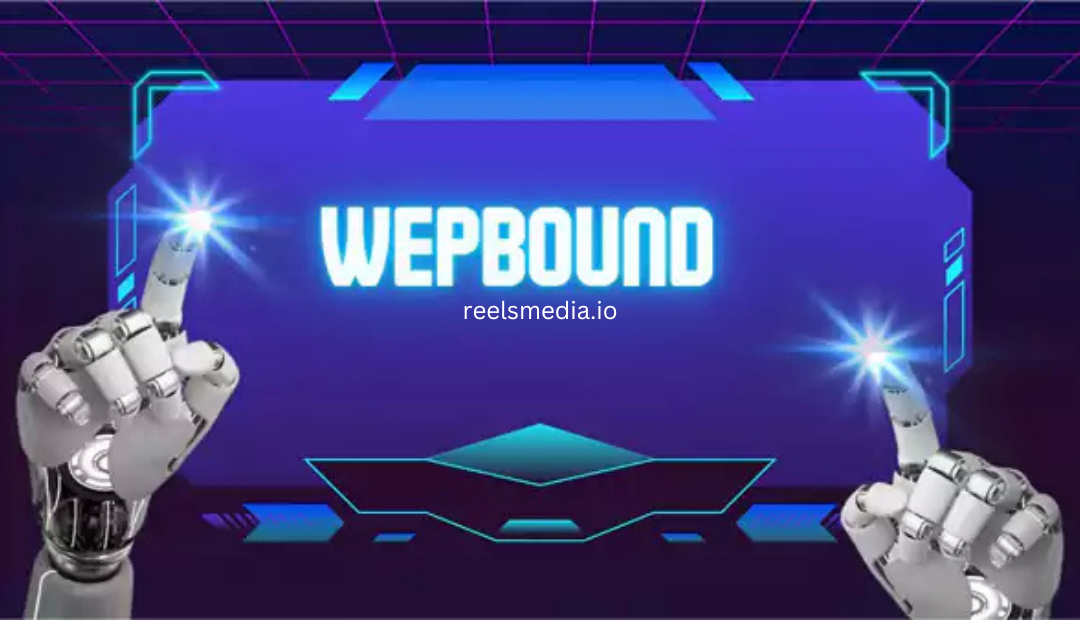When I first came across Wepbound, I was fascinated by how an advanced digital connectivity framework could reshape communication. It promised to be faster, more secure, and reliable, helping with integration across different technologies, devices, and networks. What stood out to me was its architecture, where end-to-end encryption, multi-factor authentication, and AI-based threat detection systems create a safe environment.
From my professional side, I have seen the value of network isolation, content filtering, and live analysis in protecting data. Adding these measures into digital systems not only improves safety but also supports a lifestyle trend that connects both virtual and physical worlds. For many, this balance between online connectivity, productivity, and well-being is a must.
The Basics of Wepbound
At its core, Wepbound is all about connectivity between devices and networks. It improves speed, ensures security, and makes data transmission less complex. I’ve noticed that businesses prefer it because it’s adaptable, whether for private, public, or hybrid systems.
The beauty is how well it handles different operating systems and platforms. This flexibility in communication means that companies don’t need to worry about compatibility problems.
Key Features
In my work, the feature of Seamless Device Communication has been the most impressive. Along with High-Speed Data Transfer, there is Enhanced Security, Adaptability, and Interoperability across Platforms. These qualities are what make Wep bound practical.
On the security front, end-to-end encryption, multi-factor authentication, and AI-based threat detection have been reliable defenses. I also value Continuous monitoring in CI/CD pipelines since it reduces risks.
For everyday use, its Personalized digital workflows and Integration with wellness trackers, productivity apps, and social platforms make tasks smoother. It encourages Intentional technology experiences while promoting Flexibility and sustainability.
Wep bound in Various Industries
At home, people enjoy Smart Homes powered by IoT and in Healthcare, telemedicine and remote monitoring are everyday uses of Wep bound. I’ve even seen how Autonomous Vehicles depend on it.
For businesses, Corporate Networks and Telecommunications rely heavily on it. Personally, I’ve found Remote work and team collaboration far easier because of these solutions.
In Education, I’ve worked with interactive learning tools that boost engagement. Retailers use personalized consumer experiences, while Manufacturing and logistics optimization gain efficiency.
Challenges of Wepbound
But not everything is simple. Digital fatigue from constant connectivity can harm productivity. I’ve seen concerns around Privacy, data, and security, as well as inequality in access to technology.
There are also human factors like reduced personal interactions or Resistance to change in organizations. On the development side, many Developers struggle because they focus on speed over security, adopting a feature-first mindset.
I’ve seen teams treat safety as a checkbox process rather than continuous improvement. Weak authentication, authorization implementations, and Poor data protection policies only increase risks.

The Future of Wep
I believe that 5G, edge computing, and AI will push Wep bound forward to meet new connectivity demands. These technologies give it more strength to scale.
Over time, it will expand globally, supporting sustainability, continuous learning, and community engagement. For me, that means more chances to build digital solutions that are not only smart but also responsible.
Building a Threat Model before Writing Code
Developers often skip building a threat model before writing code. My experience shows the value of listing assets, mapping attack vectors using STRIDE, and applying proper security controls early in development.
Authentication and Authorization: The First Line of Defense
The first guard is always Authentication and Authorization. I’ve implemented Defense through OAuth2, OpenID Connect, SAML, MFA, RBAC, and even Zero Trust principles to reduce risks.
Data Security Throughout the Application Lifecycle
For me, Data Security in the Application Lifecycle is not optional. Using TLS, encryption for rest and transit, and strict access control has always been essential.
To keep things safe, I apply dependency management, clear retention, and deletion policies.
Secure Coding Practices That Scale with Your Team
Building safe software means following Secure Coding Practices as a Team. I’ve seen how Code reviews, automated security tools, and careful dependency management improve quality.
Creating a Security-Aware Development Culture
A Security-Aware Development Culture has worked for me. Hands-on training, creative incentives, and embedding security in every development cycle help balance strictness with tight timelines.
The Advantages of Living Wepbound
In daily life, I value Flexibility, connectivity, and sustainability that Wep bound provides. These lead to new opportunities and personal growth in both work and private settings.
FAQ
What is Wep bound and why is it important for web security?
Simply put, Wep bound is about web security. It is an advanced approach with sophisticated technology, cybersecurity protocols, encryption, MFA, and AI-based threat detection.
How does hazard demonstrating donate to web application security?
I’ve seen threat modeling improve web application security by identifying assets, attack vectors, and selecting the right security measures in development.
What are some modern authentication protocols worth implementing?
Teams I worked with use modern authentication protocols such as OAuth2, OpenID Connect, SAML, and multi-factor authentication.
How can developers create a security-aware development culture?
To me, developers must embrace a security-aware development culture. That comes from training, smart incentives, and embedding security across the development cycle.
What are key considerations for data security in Wepbound?
Key considerations for data security in Wepbound include TLS, encryption, protection of rest, transit, access, and control. Add dependency management, proper retention, and deletion policies to cover the full scope.
